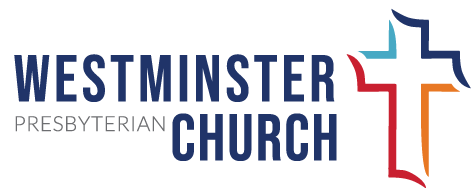There are many who would say that there are no interpretations to be made in the Scripture. “Just read the words on the page, and do what they say” is a saying that typically accompanies this mindset. But what many don’t realize is that we’ve made an interpretation even before we’ve opened our Bibles. We made it at the bookstore when we picked out our favorite translation.
Wikipedia (source of all knowledge on the internet) lists 106 full translations of the Bible in English, not including partial Bibles like the New Testament alone. When we’re standing in the bookstore about to pick out a new Bible, the choice can be overwhelming. Which translation is the best?
For starters, it’s important to remember that the Bible came to us in the Greek and Hebrew languages. Translation is the incredibly hard work of taking language that hasn’t been used in thousands of years and trying to bring it into our modern world. My professor (and frequent biblical blogger) Steven Tuell reminded us again and again throughout our Hebrew class that translation is not as simple as using a decoder ring, switching one word for another. Translation is art, and many different artists have taken a shot at this marvelous work we call the Bible.
The right translation for you depends upon what you are looking for in a Bible. For instance, the King James Version is still held to be one of the most accurate translations out there, but it is for many readers an extremely difficult read. On the other end of the spectrum, The Message reads at about an 8th grade level, but many scholars would say that Peterson sacrificed accuracy to get there. So with the time we have left, I will run you through a few of my favorite translations, how I use them, and how I think they can be beneficial for your own private study.
The New Revised Standard Version (NRSV)
This is the Bible you would find in the pews at Westminster, and on most Sundays what you will hear read by the preacher. In my humble opinion, the NRSV marries readability and accuracy as well as any other translation out there. Dr. Tuell agrees, “(The NRSV is) the best scholarly translation of the Bible available, especially for the Old Testament.” It is also worth noting that this translation took special effort at gender inclusivity.
The New International Version (NIV)
This is far and away the most widely available translation of the Bible. Chances are if you are in a bookstore Bible section, you will see dozens of these staring back at you. This translation has an admittedly evangelical bent to it, which is fine so long as you know what you’re getting. This is the Bible I use for every day study, if for no other reason than I really like the Bible I’ve been highlighting in since Westminster ran through the Year of the Bible.
Common English Bible (CEB)
This translation is great if you are looking for a Peterson-esque readability without sacrificing accuracy. From Dr. Tuell:
“The CEB is one of the most accessible English Bibles available, aimed at a seventh grade reading level. This simplified vocabulary does not in any way mean that the translation is ‘dumbed down,’ however. The translators have been very creative in their use of the words at their disposal, leading to intriguing translation choices.”
Whichever translation you choose, know that translation is more art than science. Know that we did not receive the original text in English, but rather the languages of the ancient Middle Eastern world. And try to know what the translators were thinking when they made that particular work. A quick read of the notes in the front of your Bible should give you an idea.
Next Time: What Reading Plan Should I Use?
blog comments powered by Disqus